- Dr. Shova Shrestha,
Sujan Maharjan,
Dr. Shree Prasad Vista
Every year, the world celebrates December 5th as “World Soil Day (WSD)” since 2014 to make the entire world aware of the importance of soil for the sustainable life systems on the earth. Global Soil Partnership has the official mandate from United Nations to facilitate the implementation of this day. All organizations working in the sector of soil science or environment celebrates WSD to raise awareness on various pertinent issues of soil. The Department of Agriculture (DoA) and Nepal Agricultural Research Council (NARC) are two leading government organizations jointly organizing various program and activities to celebrate WSD since the beginning. Food and Agriculture Organization (FAO) and other national and international organizations also organize different awareness programs. The celebration of the day is entitled with a specific slogan every year. This year’s slogan is “Soil and water: a source of life” which fits on the fact that the entire life forms of the earth depend on soil and water for their survival. Soil and water are two very precious natural resources of this planet that support in proper functioning of all ecological systems.
This year’s slogan is “Soil and water: a source of life” which fits on the fact that the entire life forms of the earth depend on soil and water for their survival.
Soil harbors about 25% of planet’s biodiversity and almost half of living organisms of this earth live or spend part of their life in soil. The soil and water are two finite natural resources. The soil once it is lost, it is lost forever. It means the degradation and loss of soil is not recoverable within a human lifespan. Similarly, the existing volume of water on earth is static and cannot be increased. Only 3% of the total water on earth is freshwater and merely 0.5% of it is available for drinking. The survival of all life forms of the earth is broadly governed by water. About 70 -75% of human body weight is made up of water and the reduction of 15% of body water can be fatal. Water is also known as a “universal solvent” with an extensive capacity to dissolve varieties of molecules. Plants grow on soil and obtain essential nutrients in dissolved form in water from soil. Water is the main medium to transfer the nutrients inside the body of both plants and animals.
Healthy soils support in sustaining life on our planet and to maintain the quality and quantity of water availability. Healthy soils have high water retention capacity ultimately providing water to the plants to grow and animals to survive. In current world, 80% of croplands are rainfed supplying 60% of food production. Whereas, 20% of irrigated croplands consumed 70% of total fresh water. These rainfed and irrigated agricultural systems heavily depend on the moisture retained in soil layers. And retention of water in soil particles are interconnected with the soil health. However, improper management practices of soil and water resources induced by human have led towards soil degradation, soil erosion, soil fertility decline, and decrease in water holding capacity, loss of biodiversity, water scarcity and decrease in water quality. Moreover, massive use of chemicals, dumping of sewage and garbage, and mining are also contributing in soil and water quality decline.
Soil erosion is one of the major threats to conserve the soil resource, food security and sustainable ecosystems potential to reduce crop production up to 50%. The global average rate of soil erosion is 12 – 15 t ha-1yr-1 which is much higher than the rate of soil formation. Unsustainable human activities has significantly increased the rate of soil erosion (up to 1000 times than natural rate) through intensive agricultural practices, deforestation and forest degradation, over grazing and improper land use changes. At present, there is 33% of degraded soil scattered around the world and FAO has predicted the potential degradation of 90% of world’s soils by 2050.
Climate change impacts in terms of raising temperature and changing precipitation patterns have also posed immense threats on soil and water conservation.
Like other countries, Nepal is also suffering from different forms of soil degradation and water related issues. The landscape of Nepal is very much prone to soil erosion and susceptible to ‘sediment disasters mainly caused by slope failure, landslides, debris flows and bank erosion.’ In Nepal, about 45% of the land suffers from water induced erosion mainly sheet erosion and rill erosion causing the reduction in soil fertility and crop production. As a mountainous country with sharp altitudinal variation and steep terrain, the rate of soil erosion is high in mountain area ranging from 0.1 t ha-1yr-1 in plain Terai to 38 t ha-1yr-1 in Middle Mountain. Haphazard linear infrastructure development, unscientific land use changes, deforestation and forest degradation, excavation of construction materials, and improper agricultural practices are few main factors to accelerate the rate of soil erosion. About 56% of the total land area of Nepal needs conservation attention to reduce the risk of soil erosion. In addition, the climate change impacts in terms of raising temperature and changing precipitation patterns have also posed immense threats on soil and water conservation. Decreasing snow cover, melting glaciers, glacier lakes outburst, frequent avalanches, drying up springs, heavy and concentrated rainfall, floods, and prolonged drought are some climate impacts that have been recorded in Nepal in recent years.
In the context of growing population and decreasing trend of available land for crop production and less amount of drinkable water availability due to different levels of pollution, it is sensible to conserve these valuable resources properly by applying appropriate measures. Implementation of sustainable soil management practices, such as conservation farming, incorporation of organic matter, crop rotation, mulching and cover cropping can help to improve soil health, reduce soil erosion and pollution, and can enhance water infiltration rate and retention capacity. The adoption of these practices also contribute in preserving soil biodiversity, soil fertility enhancement, increase carbon sequestration, and develop climate resilient ecosystems.
Since all life forms directly or indirectly depend upon soil and water resources and human activities are the main reasons behind the degradation of these resources, it is our responsibility to initiate the interventions to conserve them. However, it does not mean that the conservation of soil and water is the responsibility of the soil and water conservationists, scientists, hydrologists, foresters, wildlife managers, urban planners, irrigation engineers and farmers, instead, it is the responsibility of each and every human beings living on this earth. And the celebration of World Soil Day aims not only to celebrate soils but also to empower the global citizens to involve in improving soil health.
The Government of Nepal has been executing various soil and water conservation activities. Ministry of Forests and Environment, Ministry of Agriculture and Livestock Development, Ministry of Energy, Water Resources and Irrigation, Department of Forests and Soil Conservation, Department of Agriculture, Department of Water Resources and Irrigation, Nepal Agricultural Research Council and some international organization i.e FAO, International Water Management Institute (IWMI) etc are few important organizations involving in soil and water resources management in Nepal. Though sufficient number of organizations are involving in the management of soil and water, an immense gap of coordination and collaboration among these institutions can be sensed. A policy guidance is lacking to bring these stakeholders to work together in an integrated way.
We can hope that the celebration of WSD will bring all stakeholders in one common platform and contribute to establish a mechanism to work in a coordinated way to execute the integrated soil and water conservation activities to generate effective and expected results.







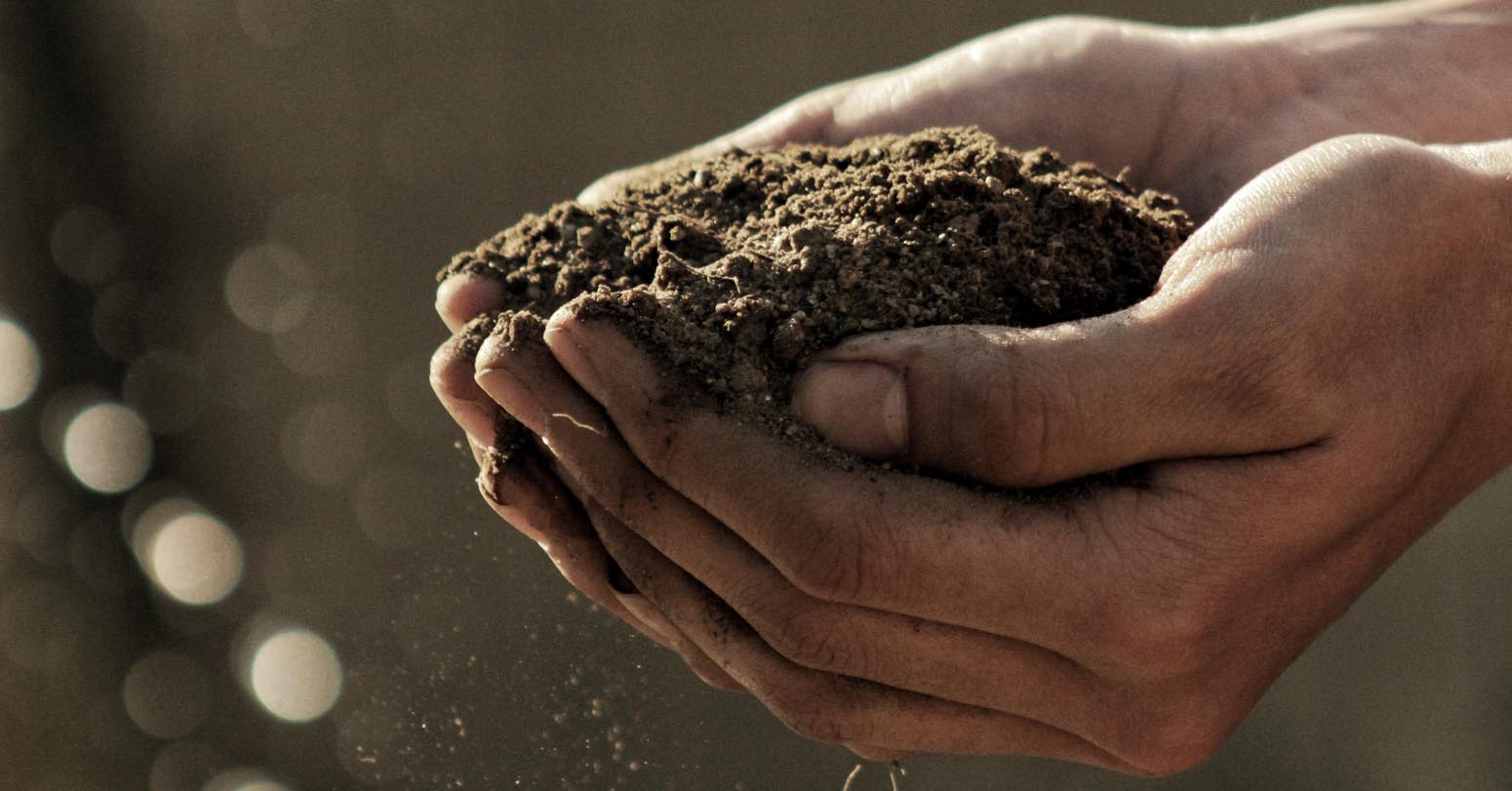

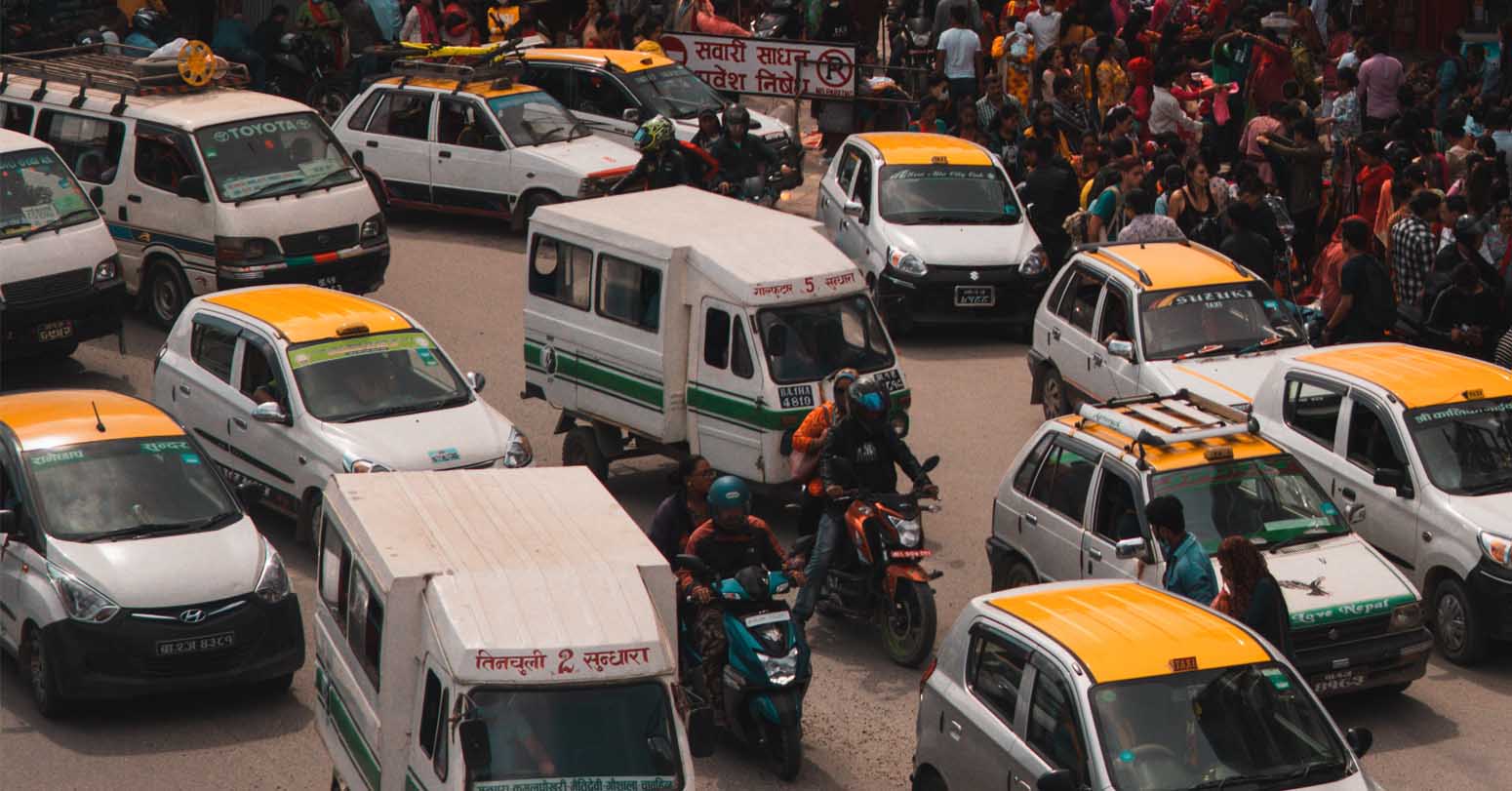



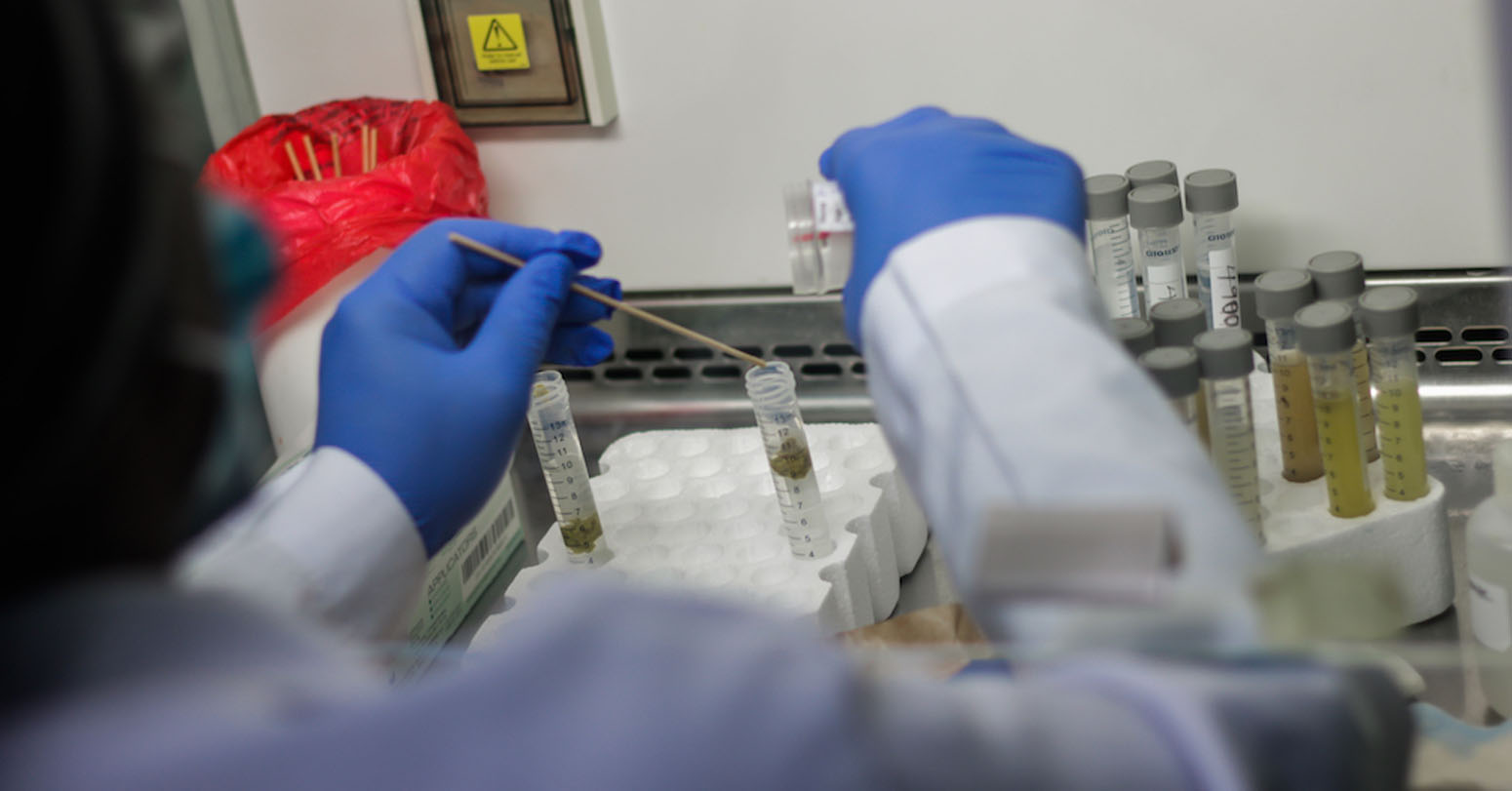

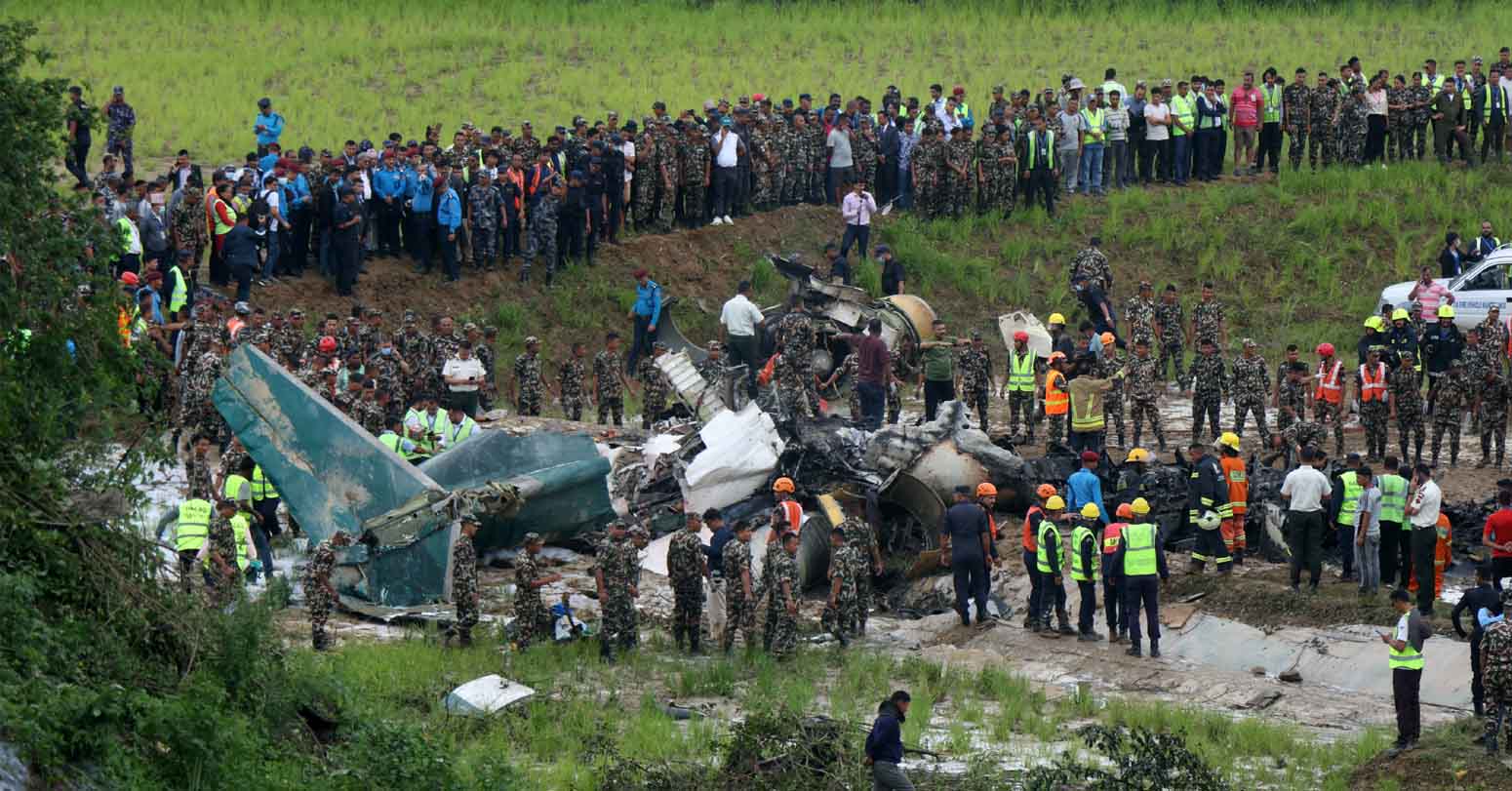


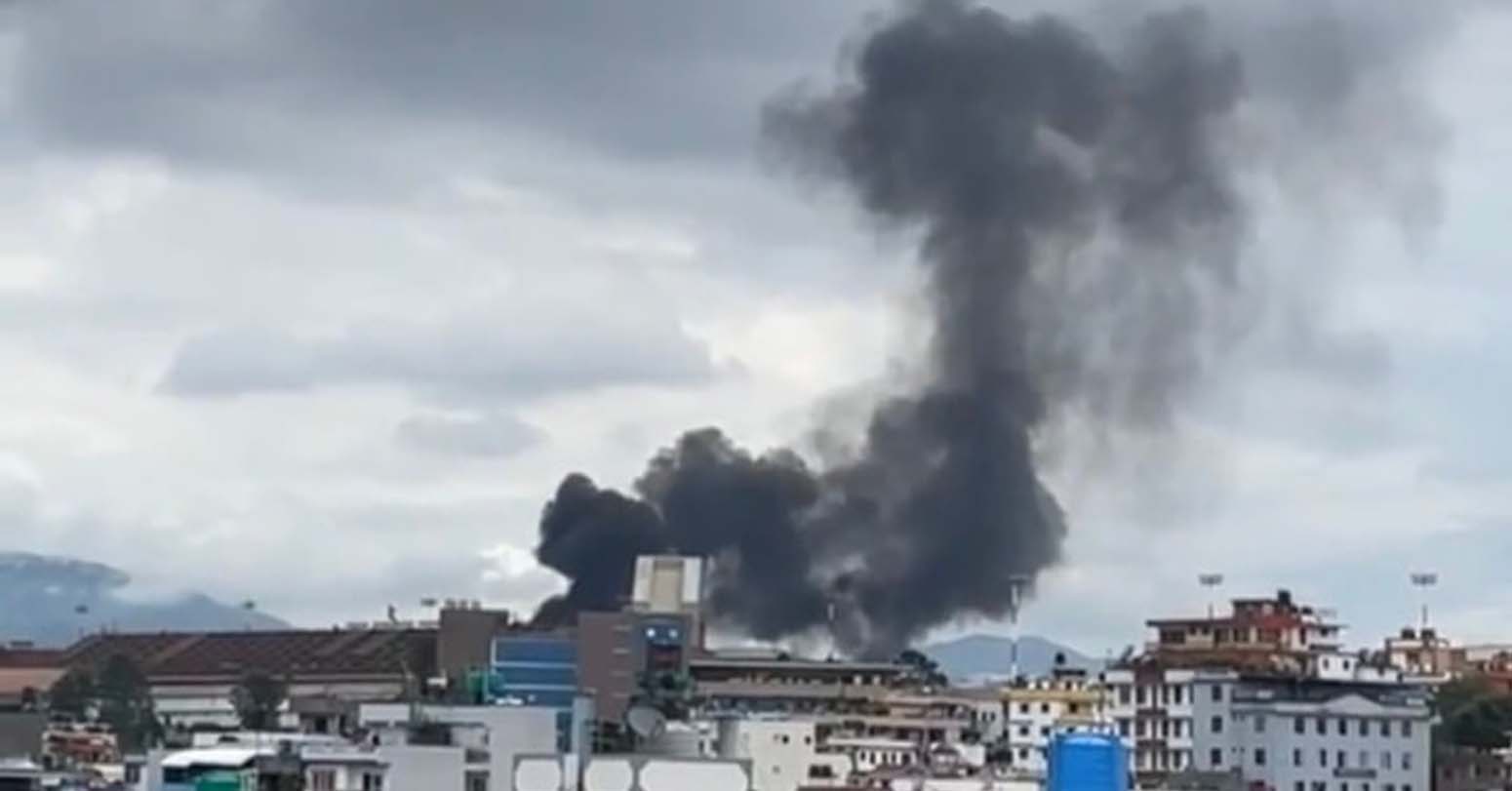
Comprehensive Data Protection Law Critically
Gender Differences In Mental Healthcare
Messi Wins Best FIFA Men’s
Erosion of Democracy
Fly Dubai Catches Fire in
“Complexities of the South Asian